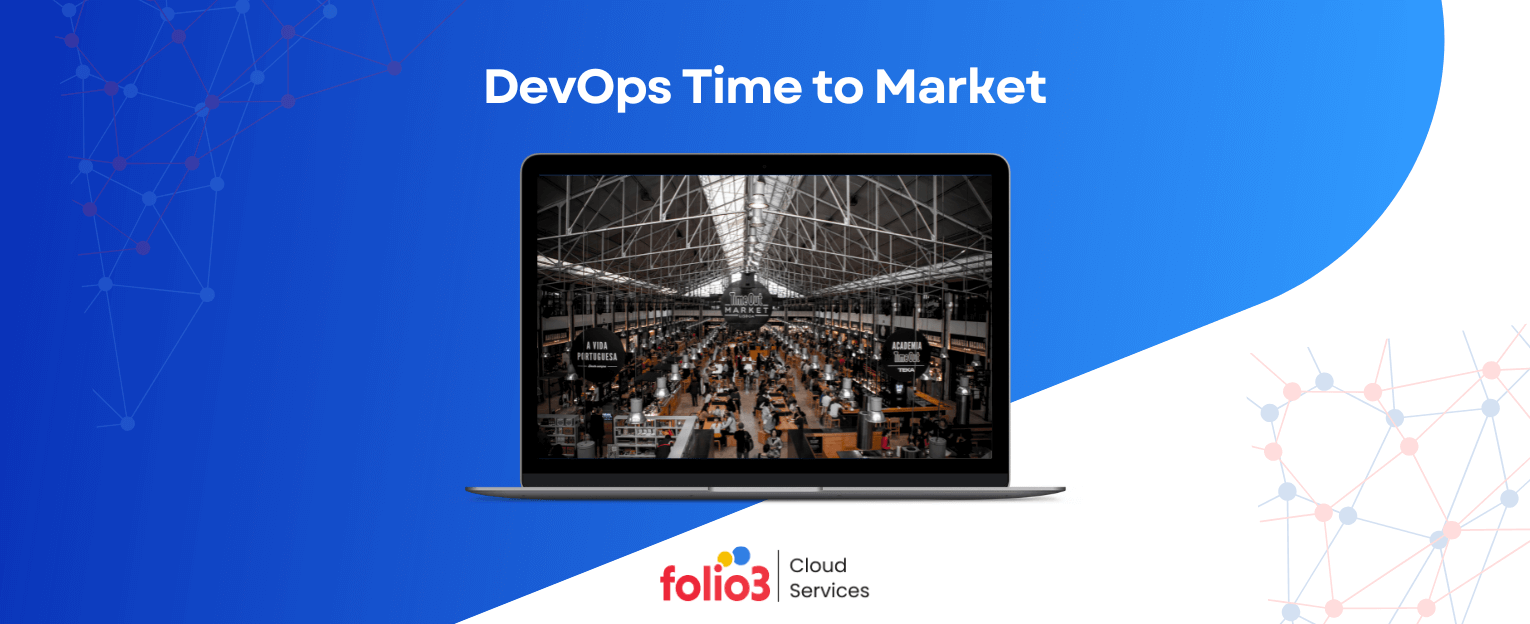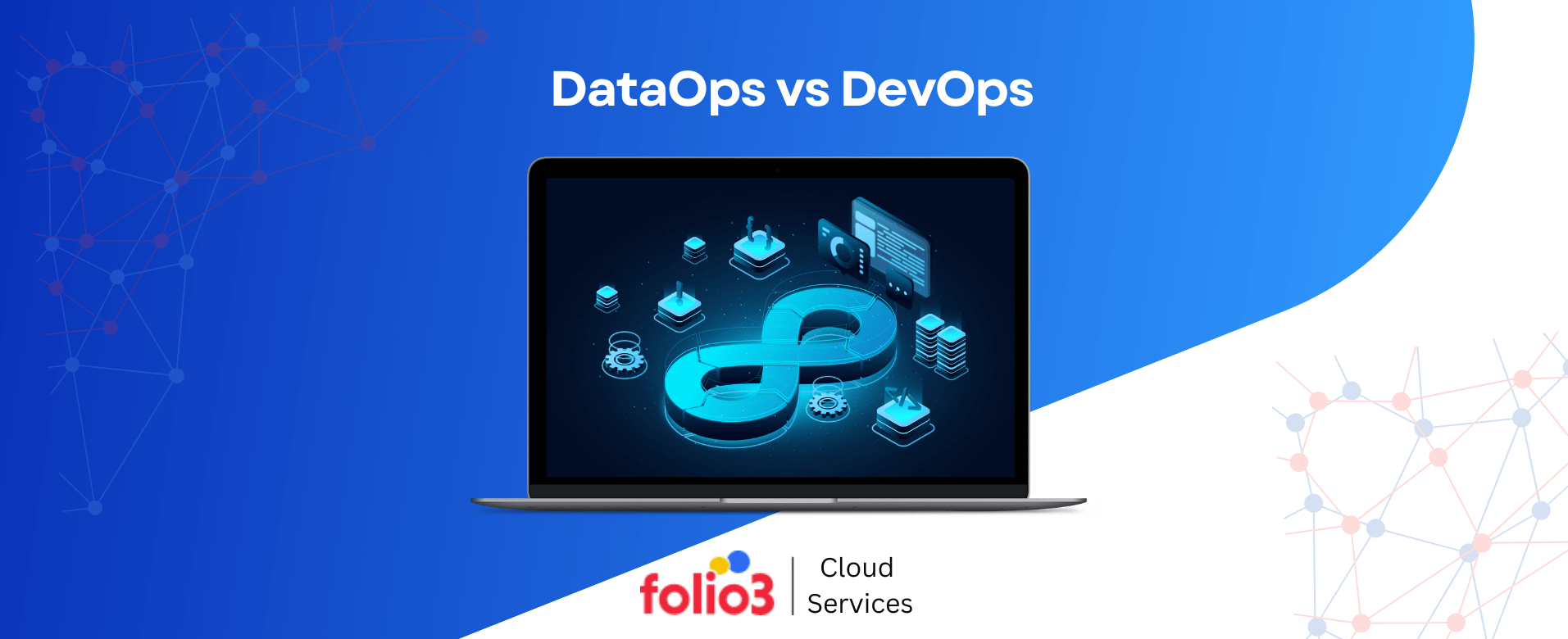In a competitive business environment, reducing time to market has become a critical factor for success. The ability to launch new products, features, or updates quickly can set companies apart from their competition.
DevOps, a set of practices that combines software development (Dev) and IT operations (Ops), is designed to shorten development cycles and ensure faster, more reliable releases. With DevOps, businesses can significantly improve their time to market, allowing them to respond to customer demands faster and seize market opportunities.
DevOps smoothest the software delivery process, enabling faster releases without compromising quality. In this guide, we’ll explore how DevOps practices can accelerate your time to market, helping businesses remain agile and responsive to market demands.
Traditional Development vs. DevOps
In the software development, the methodology used can greatly influence the time it takes to deliver products to market. Traditional development processes have long been the norm, but they come with significant drawbacks, including slow release cycles and rigid workflows.
DevOps consulting solutions offer a modern, agile approach designed to streamline development, testing, and deployment. By fostering collaboration between teams and automating repetitive tasks, DevOps allows organizations to accelerate delivery times while improving product quality.
In this section, we’ll explore the key differences between traditional development and DevOps and how these differences impact time to market:
Overview of the Traditional Development Process
In the traditional development process, developers and operations teams work in separate silos. Developers write code, test it in isolated environments, and then hand it over to the operations team for deployment.
This model often results in delayed communication, manual testing, and prolonged deployment cycles. Any bugs or issues discovered in the later stages of the development cycle are time-consuming to fix, causing significant delays in bringing products to market.
The DevOps Approach
DevOps eliminates these inefficiencies by fostering collaboration between development and operations teams. It promotes continuous integration, automation, and frequent deployments, allowing businesses to deliver new features and updates faster.
By integrating teams, automating manual processes, and enabling continuous delivery pipelines, DevOps ensures a smooth and consistent flow from code development to production.
These practices are part of the broader DevOps transformation roadmap that organizations follow for successful implementation.
Key DevOps Practices that Reduce Time to Market
DevOps is more than just a set of tools; it’s a cultural and operational shift that transforms how software is developed and delivered. Central to its success in reducing time to market are a series of key practices that drive efficiency, streamline workflows, and eliminate bottlenecks.
From automating repetitive tasks to fostering cross-team collaboration, DevOps best practices are designed to speed up every stage of the development cycle.
Let’s dive into the core DevOps practices such as automation, CI/CD pipelines, infrastructure as code, and microservices architecture that significantly contribute to faster and more reliable software delivery:
Automation
Automation is at the heart of DevOps, significantly reducing the time it takes to complete repetitive tasks like testing, deployment, and monitoring. Automating these processes allows teams to deploy code more frequently, with fewer manual interventions, ensuring faster and more reliable releases.
Collaboration Between Development and Operations
One of the primary goals of DevOps is breaking down silos between development and operations teams. This collaboration ensures better communication, faster problem resolution, and streamlined processes. By working together in a shared environment, both teams can rapidly address issues and continuously improve the software.
CI/CD Pipelines
Continuous Integration (CI) and Continuous Delivery (CD) pipelines are crucial for speeding up time to market. With CI, developers frequently integrate code into a shared repository, allowing for automated testing and detection of issues early in the development cycle. CD ensures that code changes are automatically tested and deployed to production, reducing the lead time from development to deployment.
Infrastructure as Code (IaC)
IaC allows teams to manage and provision infrastructure through code, ensuring that environments are consistent, scalable, and quickly deployed. This eliminates the need for manual infrastructure provisioning, speeding up the deployment process while maintaining reliability.
Microservices Architecture
A microservices architecture allows developers to break down applications into more minor, independent services. Each microservice can be developed, tested, and deployed independently, allowing teams to work in parallel and deploy faster, significantly reducing the time to market.
Outsourcing DevOps for Faster Implementation
Businesses can outsource DevOps to streamline the adoption of best practices and overcome the challenges often associated with implementation. This allows companies to leverage expert solutions, enabling faster transformations and more efficient DevOps integration.
Features of DevOps That Enhance Time to Market
DevOps is packed with features that specifically target the acceleration of time to market. These features work together to improve collaboration, streamline processes, and ensure a smoother, faster development cycle from start to finish.
Key tools and technologies, such as version control systems, containerization, automated testing, and cloud infrastructure, enable teams to deploy updates more quickly, maintain consistent environments, and monitor systems in real time.
In this section, we’ll explore the essential DevOps features that directly contribute to enhancing delivery speed and ensuring high-quality, frequent releases:
Version Control Systems
Tools like Git play a crucial role in managing different versions of code. They allow multiple developers to work on other features simultaneously without affecting the project’s stability. Version control systems streamline collaboration and ensure faster, more organized development.
Containerization (Docker/Kubernetes)
Containerization technologies like Docker and Kubernetes create consistent environments from development to production, minimizing discrepancies and deployment errors. By using containers, teams can ensure that the software runs simultaneously across various environments, leading to quicker and more reliable releases.
Automated Testing and Quality Gates
Automated testing ensures code quality by running tests at every CI/CD pipeline stage. These tests prevent flawed code from reaching production and help identify issues early. Quality gates act as checkpoints to ensure that only high-quality code is deployed, reducing the chances of errors in production.
Monitoring and Logging
Real-time monitoring tools enable teams to detect and address issues quickly, ensuring a stable production environment. Logging systems provide detailed insights into system performance and application behavior, making troubleshooting and resolving problems easier ultimately accelerating market time.
Cloud Infrastructure
Cloud infrastructure provides scalability and flexibility, allowing businesses to scale resources up or down based on demand rapidly. Cloud services eliminate deployment bottlenecks, enabling faster provisioning and reducing release lead time.
Benefits of DevOps in Reducing Time to Market
Reducing time to market is a critical factor for staying competitive. DevOps has emerged as a transformative approach that enables organizations to accelerate the development and delivery of software products without compromising quality.
By bridging the gap between development and operations, DevOps fosters collaboration, automation, and streamlined workflows, all of which contribute to faster deployment.
In this section, let’s explore the key benefits of DevOps in reducing time to market, highlighting how businesses can achieve shorter release cycles, minimize downtime, improve product quality, and increase agility to stay ahead in their respective industries:
Faster Release Cycles
DevOps practices allow businesses to release updates more frequently and reliably. Automation, CI/CD pipelines, and collaboration ensure that code is continuously tested and deployed, reducing the time between development and release.
Reduced Downtime
By integrating automated testing, real-time monitoring, and continuous feedback loops, DevOps helps identify and fix issues early in the development cycle. This reduces downtime, ensuring systems remain operational and new features are delivered without interruptions.
Improved Product Quality
Continuous integration and automated testing improve the quality of the final product by catching bugs early and ensuring that only tested, high-quality code is deployed. Additionally, feedback loops provide constant insights into performance and customer needs, driving improvements.
Increased Agility
DevOps enables businesses to respond quickly to changes in the market, customer needs, or technology trends. The ability to release new features and updates more rapidly allows companies to remain competitive and agile in a fast-moving industry.
Challenges in Implementing DevOps for Time-to-Market Reduction
While DevOps offers significant advantages in reducing time to market, implementing it is not without its challenges. The shift to DevOps often requires a fundamental transformation in both culture and technology, which can present obstacles for organizations accustomed to traditional development practices.
These challenges range from resistance to change within teams to managing a complex array of tools and technologies.
Let’s explore the DevOps challenges and solutions for time-to-market reduction, including cultural shifts, toolchain complexities, and skill gaps:
Cultural Shift
One of the primary challenges in adopting DevOps is the cultural shift required. Traditional development teams may resist changing their workflows or sharing responsibilities across development and operations. Overcoming this resistance requires strong leadership and a clear understanding of DevOps benefits.
Toolchain Complexity
The DevOps toolchain includes many tools for automation, monitoring, version control, and more. Managing and integrating these tools can be complex, requiring a deep understanding of each tool’s purpose and how they fit into the DevOps strategy.
Skill Gaps
DevOps requires various technical skills, from automation and scripting to containerization and cloud infrastructure. Ensuring teams have the right skill set to implement and maintain DevOps practices is essential for success. Investing in training and upskilling can help address these gaps.
Conclusion
DevOps plays a critical role in reducing time to market by streamlining development processes, improving collaboration, and leveraging automation. By embracing key practices such as CI/CD, automation, microservices, and cloud infrastructure, businesses can accelerate their release cycles and stay ahead of the competition.
However, successfully implementing DevOps requires overcoming cultural resistance, tool complexity, and skill gaps. When done right, DevOps reduces time to market and improves product quality, system stability, and overall business agility.














